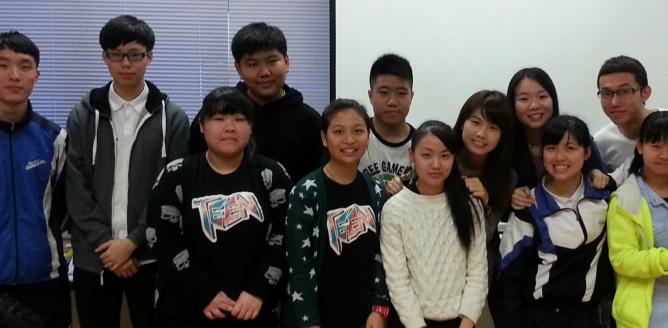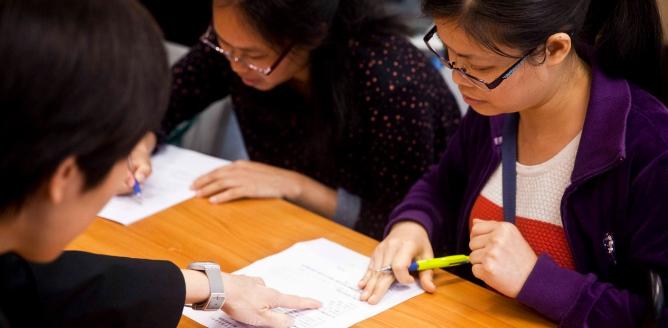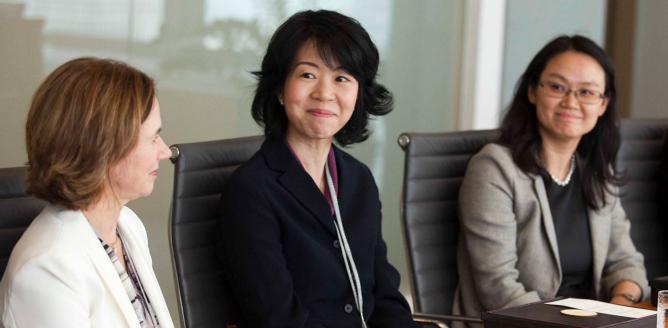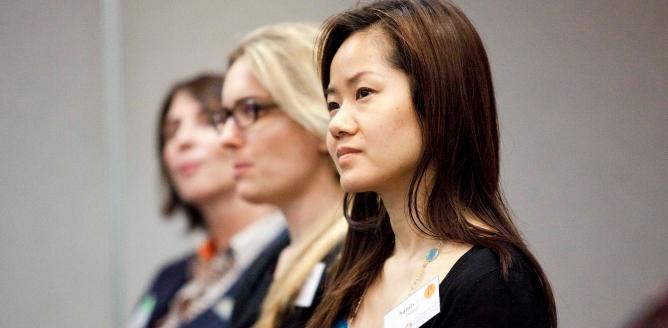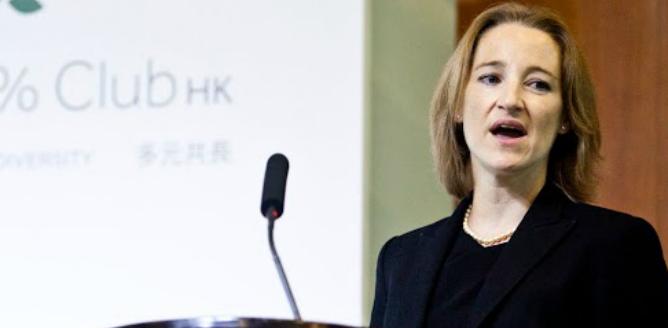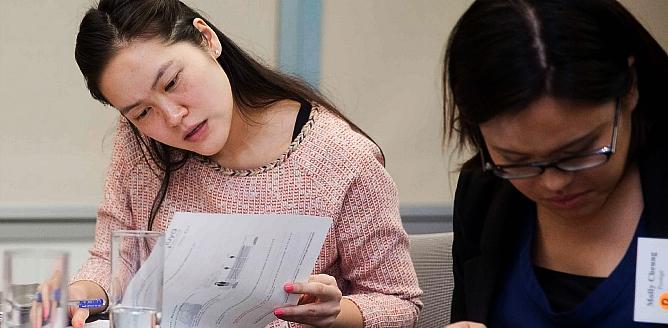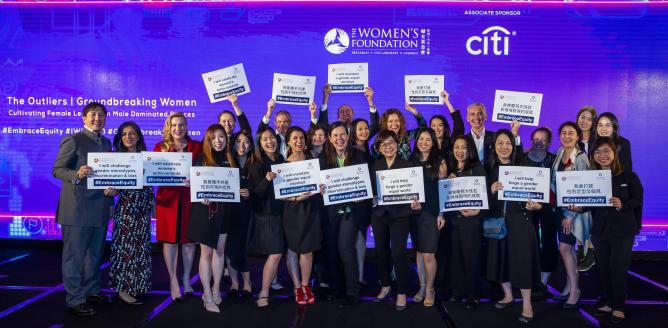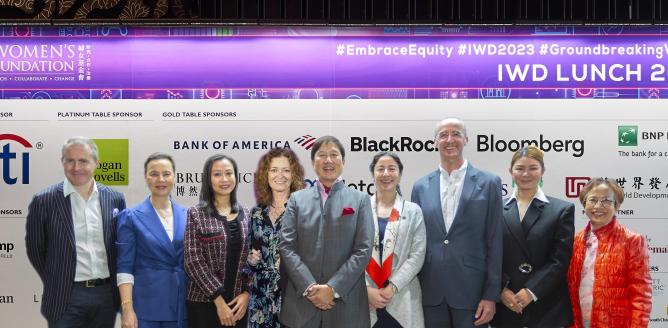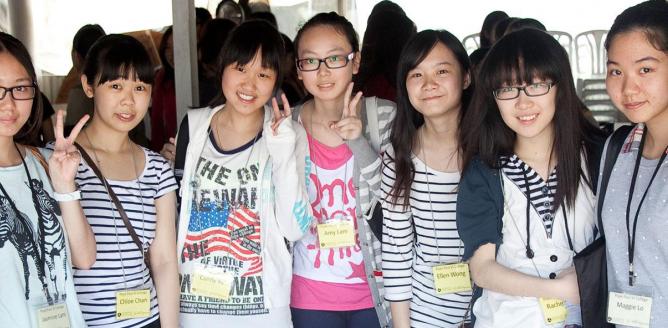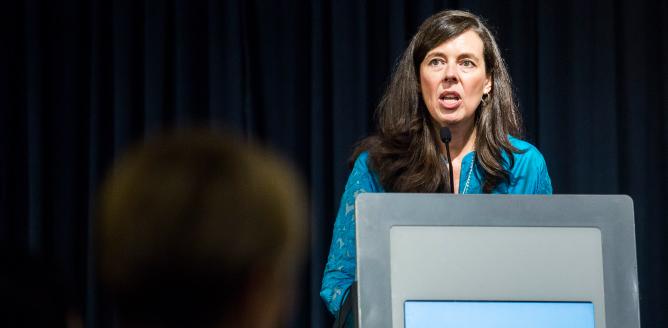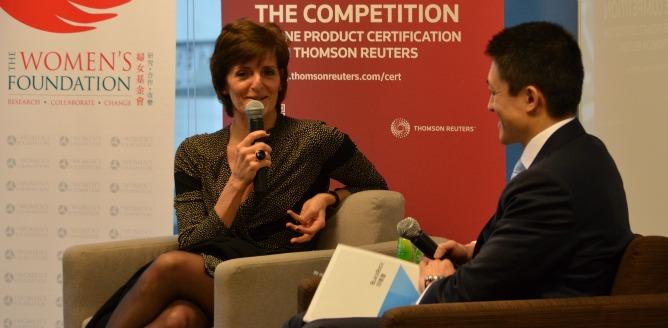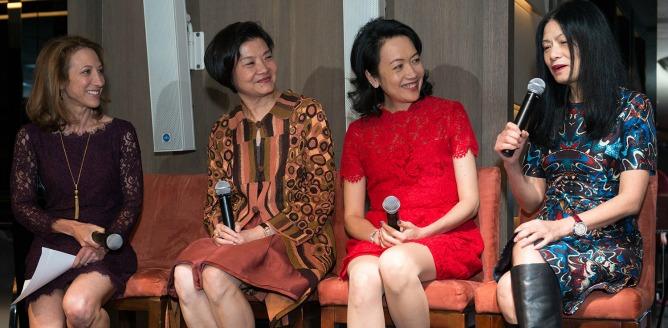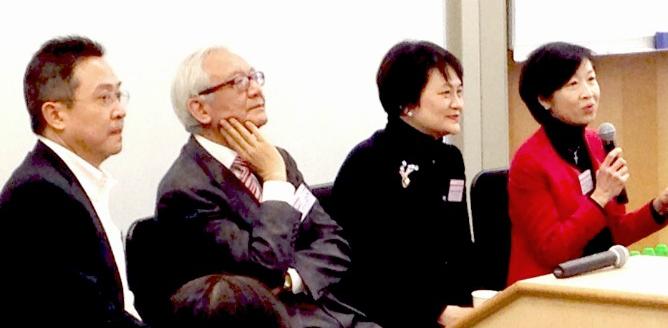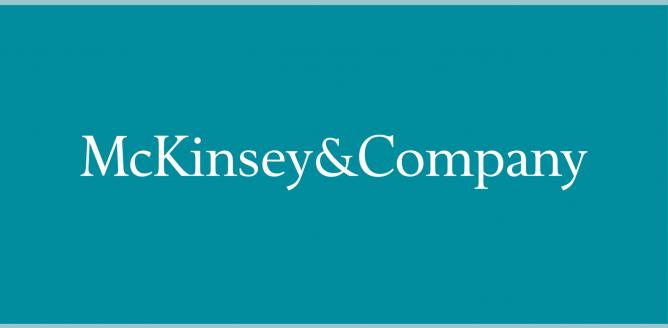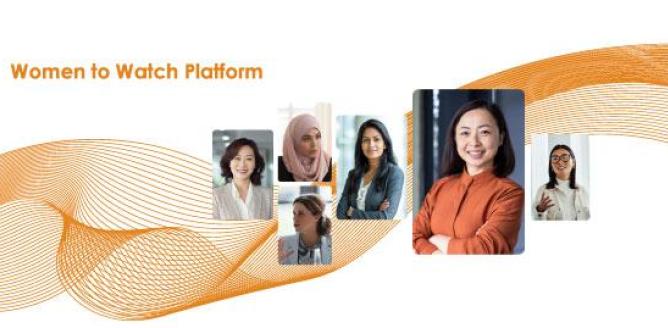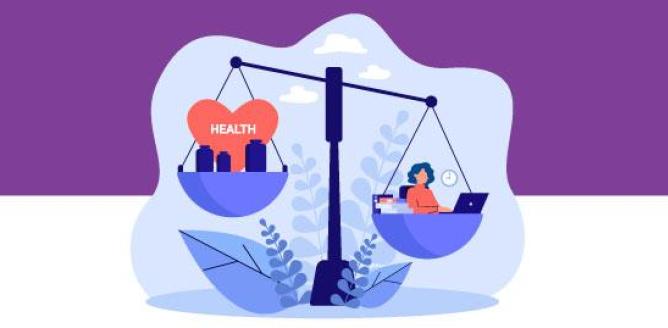If you haven't already seen it, McKinsey has just published a fantastic must-read guide to gender equality which includes the best of McKinsey and external thinking as well as videos from Sheryl Sandberg and Geena Davis.
According to a new study by the McKinsey Global Institute, if every country matched the progress towards gender parity of its fastest-moving neighbour (which in East and Southeast Asia, happens to be Singapore), global GDP could increase by up to US$12 trillion in 2015. But, big as the prize may be, gender equality still eludes companies around the globe. Despite modest improvements in the past few years, women are under-represented at every level in the corporate pipeline—especially the senior level.
McKinsey attributes the gender gap to unconscious bias, men not acknowledging the challenges female employees face at work, and women hearing mixed messages about their careers and about ambition.
The report suggests four prescriptions for organisations and leaders:
* Get committed: change initiatives must be a strategic priority to have any chance of success, yet gender equality was a top-ten strategic priority for only 28% of companies in 2010, when a third didn’t have it on the strategic agenda at all. The situation has improved somewhat by 2015, but there’s still a long way to go.
* Broaden your action: gender equality requires executives to intervene across a broad range of factors, setting in motion disparate resources and people for years at a time. The focus in these interventions must be to help women become better leaders—and to design conditions under which they can. Crucial aspects include sponsoring (and not just mentoring) women, neutralising the effects of maternity leave on career advancement and wage increases, and evolving the criteria companies use for promotions to include a diversity of leadership styles.
* Hold challenging conversations: the following five questions can help spur these discussions: Where are the women in our talent pipeline? What skills are we helping women build? Do we provide sponsors as well as role models? Are we rooting out unconscious bias? How much are our policies helping?
* Sweat the small stuff: gender equality requires a bias for action.
McKinsey concludes that greater commitment from CEOs, combined with a willingness to stay the course on big transformational-change projects, could help finally resolve an issue that’s long overdue for fixing. Hear hear!
Happy Thanksgiving from all of us at The Women's Foundation!

